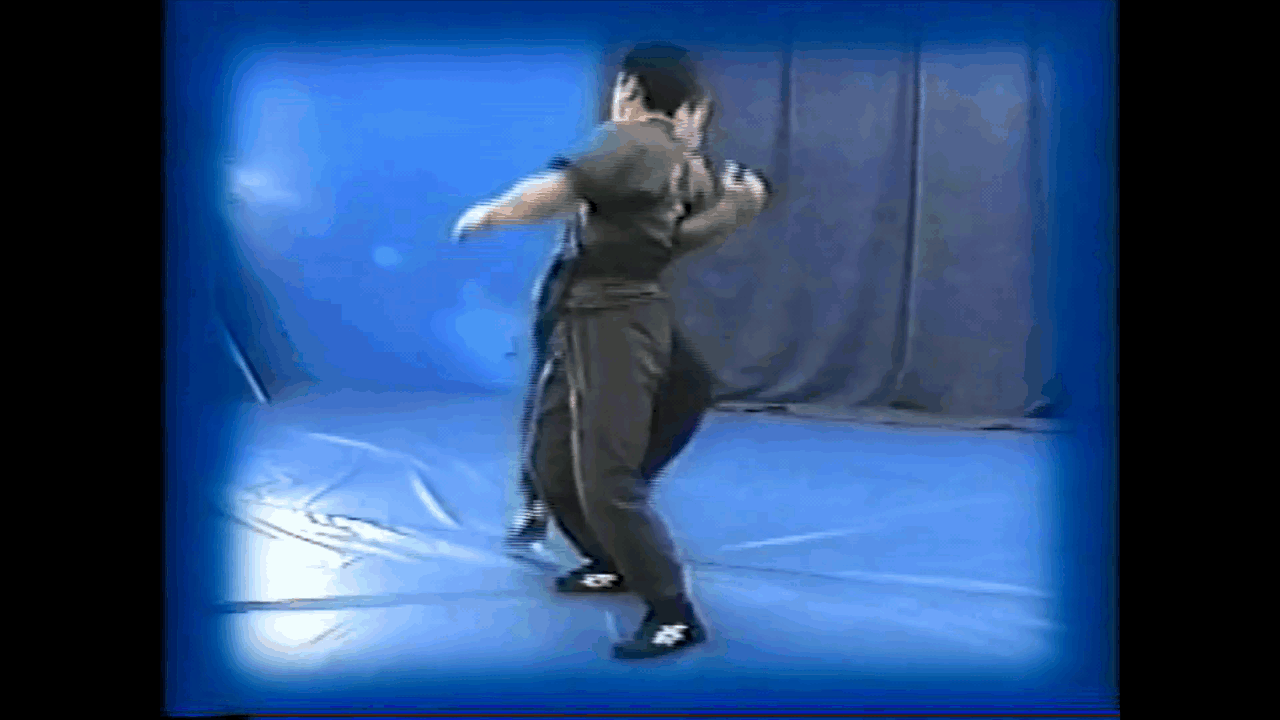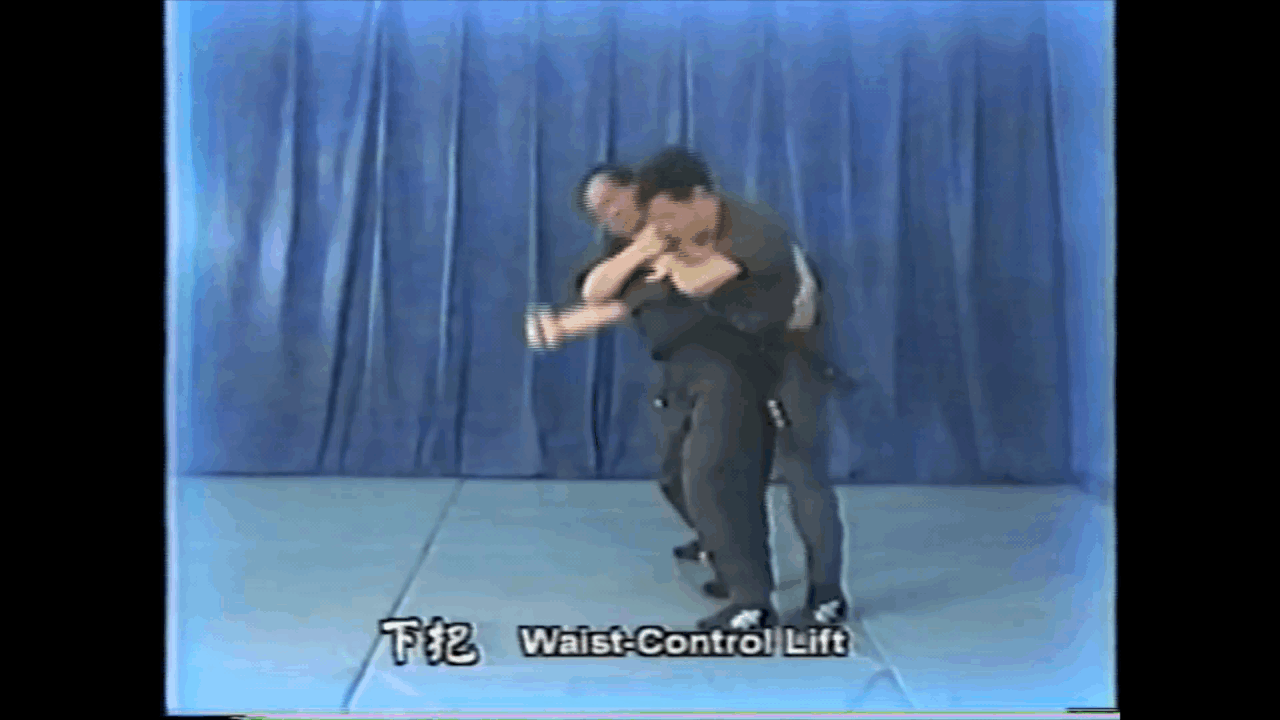You will feel differently if someone knocks you down vs. take you down. When someone knocks you down, you may feel angry and want to knock your opponent down too. When someone take you down, you will feel that your opponent has better MA skill than you do. You may not want to fight back after that.
One of my friends told me that a "foot sweep" saved his career. He worked in Quick Oat Company. 2 of his co-worked always tried to trouble him. My friend told his wife that he might lose his job that day (he intented to fight back that day). He faced those 2 guys, a perfect "foot sweep" take one guy down. It scared both guys. Both guys left him alone until he retired many years later.
When someone uses foot sweep to take you down, it can cause more shocking than a punch on your nose. That shocking can stop you to have desire to fight back.
Someone said that foot sweep can solve 80% of the street problems. I truly believe in that.
One of my friends told me that a "foot sweep" saved his career. He worked in Quick Oat Company. 2 of his co-worked always tried to trouble him. My friend told his wife that he might lose his job that day (he intented to fight back that day). He faced those 2 guys, a perfect "foot sweep" take one guy down. It scared both guys. Both guys left him alone until he retired many years later.
When someone uses foot sweep to take you down, it can cause more shocking than a punch on your nose. That shocking can stop you to have desire to fight back.
Someone said that foot sweep can solve 80% of the street problems. I truly believe in that.
Last edited:


